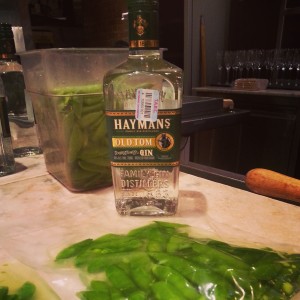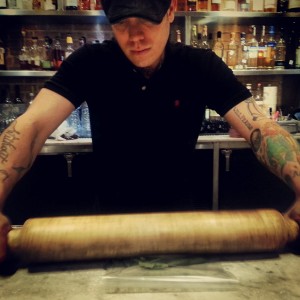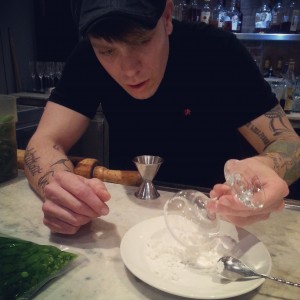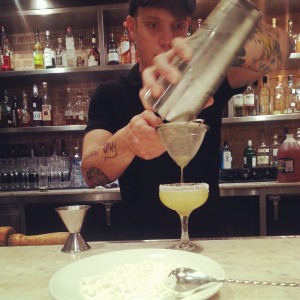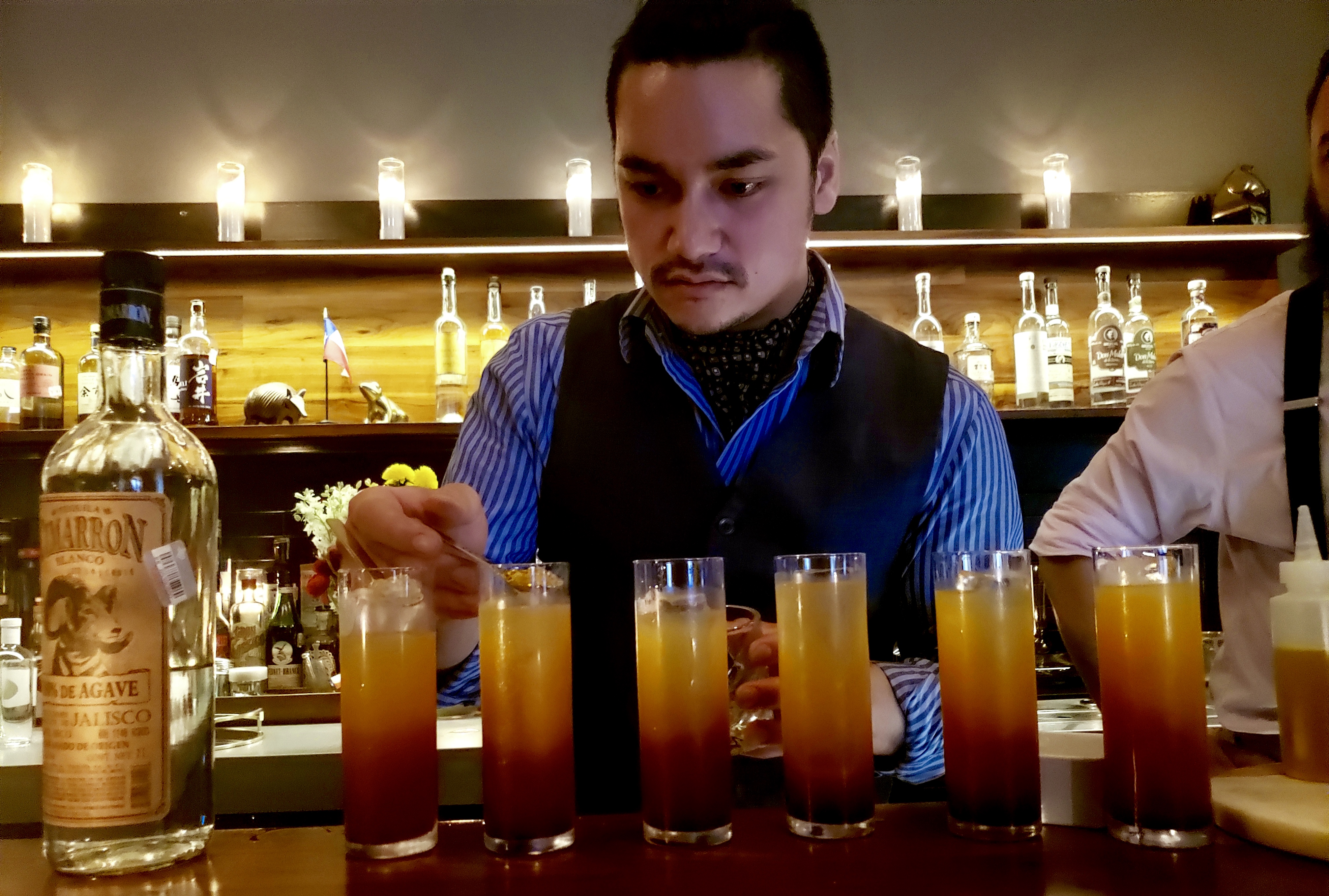
The bartender comes bearing flowers, a certain sign of spring – and depending on your choice of bloom, a harbinger of the drink you are about to receive. Presented in a tall glass with tiny spoonful of what looks like caviar resting atop an ice cube, the mix of mezcal, tequila and house-made grenadine is a feast for the senses – and a playfully constructed nod to the season.
It’s one of six cocktails that, along with a closing shot, form Jettison’s Spring Omakase Cocktail Experience, a multicourse cocktail event happening at the West Dallas bar on April 28. The drink above, called Pick Your Antidote, is a variation on the Tequila Sunrise – and with a sunrise a symbol of renewal, yet another nod to the springtime theme. The “caviar” atop the spoon is actually one of three bitter liqueurs chemically gelled into tiny spheres, to be consumed separately or dropped into the drink.
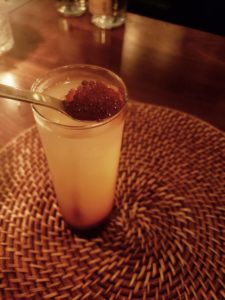
Behold, the cocktail renaissance is complete: Having pulled alongside wine as a featured complement to prix fixe dinners, drinks are now earning star billing, with bars like San Francisco’s Wilson & Wilson, The Aviary in New York and NOBU in Newport Beach offering experiences of three to five cocktails, and maybe some nibbles, for a set price.
Jettison’s omakase event creatively taps into that trend while embracing the bar’s Japanese influence and barman George Kaiho’s heritage. (Omakase translates to “I will leave it up to you,” most often applied to chef-driven sushi experiences.) It’s the third seasonal offering from Jettison, which adjoins coffee joint Houndstooth in the neighborhood’s Sylvan Thirty complex.
Influenced by the season itself and science-driven concepts like molecular gastronomy, the event features artistically conceived cocktails that would be impractical to put on the bar menu. “It’s stuff that at 10 p.m. on a Friday night we’re not going to have time to do,” bartender Andrew Kelly said at a recent media preview of the event. “There’s rapid infusions, dry ice, spherification. The degree of difficulty is a little more intense.”

For instance: The slate’s first cocktail, Breaking the Ice, is a tart and funky play on the classic Champs-Elysees. Featuring shochu, Japan’s national spirit, along with Green Chartreuse, lime, simple syrup and edible flowers, the name refers not just to the drink’s place in the order but also to spring’s emergence from winter – and the fact that the drink is presented in an egg of ice that, with the thwack of a mallet, hatches into the glass along with its botanical components.
“I love the way the ice ball traps the aromatics and then releases them once you break it,” says Jettison’s owner, Sean Henry. “It’s so fragrant.”
Spring also means that herbs and plants feature heavily into the experience. The rose-petal-enhanced Eternal and Fleeting gives the bar a chance to showcase its recently acquired magnetic stirring machine, a lab instrument that swirls liquids by way of a rapidly spinning metal pellet dropped into the vessel and powered by a rotating magnetic field in the platform underneath. (“It’s amazing what you can find on Amazon for 30 bucks,” Kelly says.)
Guests snack on popcorn and watch as red petals whirl like sprites in dry Manzanilla sherry, gradually infusing the fortified wine with their essence. “The agitation helps with the infusion,” Kaiho says. “Sherry is delicate and low-alcohol, so it more easily adopts the flavor.”
The strained sherry is then mixed with peach brandy, Benedictine and bitters flavored with black tea, yerba mate, hazelnut and vanilla, sweetness lifting the dryness.
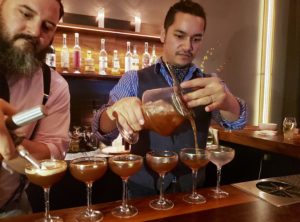
The event encompasses about two hours, and Kaiho and Kelly hope to offer a fresh omakase experience each season. Two seatings are available on the 28th, and in keeping with the bar’s intimate setting, Jettison will limit each to 10 participants apiece. Cost is $90 and reservations can be made here.
Spring represents the beginning of the cycle of life, Kaiho says, and with this experience, “it’s about taking the cycle of life into the cocktails.”
Jettison, 1878 Sylvan Ave., Dallas. 214-238-2643.



